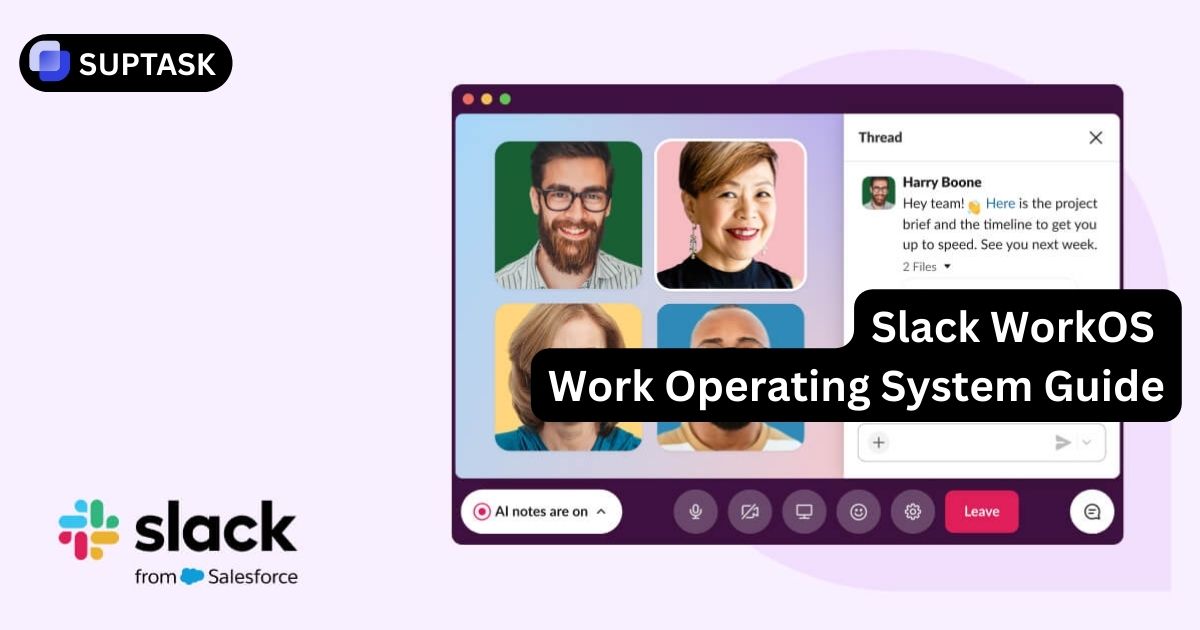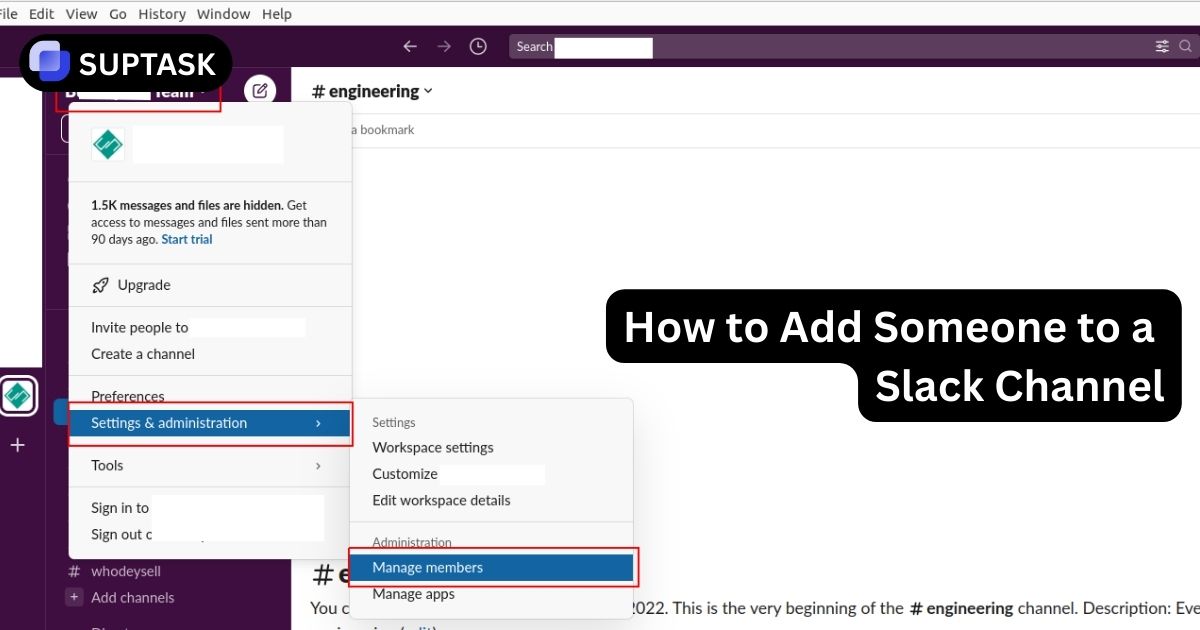What exactly is an SLA? It’s a crucial document that lays out service quality benchmarks and repercussions if those standards slip.
This clear, contractual understanding between service providers and clients is an essential navigational tool in the business landscape. Read on to unveil how SLAs operate and why they’re essential in ensuring accountability and satisfaction in service delivery.
Key Takeaways
- Service-Level Agreements (SLAs) are contracts that define the level of service provided by vendors, setting clear expectations for service quality and responsibilities between service providers and customers.
- SLAs include crucial components such as performance metrics, service descriptions, remedies for service failures, and are essential in some industries to ensure compliance with regulations and performance standards.
- To establish and maintain an effective SLA, it requires identifying stakeholders, setting performance metrics, ongoing monitoring, and reviewing to adapt to changes in customer demands, technological advances, and market dynamics.
Defining SLA: Service Level Agreement

A Service Level Agreement (SLA) is a legal contract in which the service provider pledges to deliver services at an expected quality level to their customers.
The SLA precisely establishes the anticipated standard of service and each party's obligations, ensuring that clarity is clear from the agreement.
Initially used to back up on-site data centers, this agreement has become essential across various sectors such as IT outsourcing, managed services, and cloud computing’s intricate domain.
Service Level Agreements are not merely collections of promises. They act as a bond between customer and provider founded on transparency with explicitly defined expectations.
Given that businesses offer diverse services today, SLAs provide a tailored approach, enabling parties to clearly articulate their terms and measure how effectively these services are being delivered.
The Purpose of SLAs
Service level agreements, or SLAs, are instrumental in defining the quality and performance expectations between a service provider and their client. By establishing these clear guidelines within an agreement, both parties gain a shared understanding of what constitutes satisfactory service delivery. For companies managing high volumes of internal requests, using an Internal Ticketing System helps streamline issue resolution, ensuring that both providers and customers maintain satisfaction within set expectations
This avoids misunderstandings by making explicit the responsibilities and standards that apply to each party—much like rehearsing for a play ensures everyone knows their roles before stepping onto the stage.
It’s not just about setting expectations. SLAs also incorporate execution through specific performance metrics. These agreed-upon benchmarks provide an objective method to measure the value of services rendered by providing concrete criteria for evaluating whether the provider successfully fulfills their part of the bargain.
Thus ensuring accountability and maintaining high standards across all aspects of service provision.
Components of an SLA
Several essential elements emerge upon delving into a service level agreement (SLA). Among these are the performance metrics—key indicators such as uptime percentages, response times, and data transfer rates that measure the robustness and availability of a given service.
There is an explicit description of the services being provided by the provider, which outlines what customers can expect to receive. This serves much like a menu in managing expectations around what is offered.
When services deviate from the established standards within an agreement, mechanisms for restitution or penalties are typically present. These often take shape as credits back to the customer’s account or direct financial penalties against the service provider for falling short of their obligations outlined in their SLA commitments.
Different Types of SLAs
Service level agreements, or SLAs for short, come in numerous shapes to align with the diverse array of service types available. The complete form of an SLA might be standardized across all users – known as a service-based agreement.
Alternatively, it could be tailored specifically to an individual customer’s needs based on the service's nature and requirements – this is referred to as a customer-based agreement.
Within frameworks where multiple levels are involved, SLAs define precise terms for distinct segments of customers while maintaining overarching expectations through customer-level agreements for broader user demographics.
These differing forms enable accommodations whether clients demand uniform services or prefer more tailor-made solutions within their SLA structure. Such adaptability stands crucial in today’s ever-evolving market landscape, where both the type of service rendered and anticipated quality can vary significantly from one scenario to another.
Thus, knowing precisely what constitutes each kind of agreement becomes imperative when defining what will govern these exchanges between providers and consumers.
Industry-Specific SLAs
In specific sectors, the service level agreement (SLA) is a vital tool that not only sets expectations but also mandates adherence to specified quality and performance standards.
For example, within the realm of technology, SLAs may commit to exceptionally high uptime rates – these are more than aspirational objectives.
They represent enforceable clauses with penalties for falling short. In healthcare contexts, SLAs are indispensable in mandating data privacy and security measures in line with stringent statutes such as HIPAA to safeguard patient information.
The financial sector sees SLAs extend beyond mere service quality assurance by defining metrics like transaction processing velocity and accuracy of data handling. These provisions guarantee the smooth execution of financial services while ensuring compliance with strict regulatory structures. An Email Ticketing System can enhance customer communication, especially in regulated industries, by organizing and tracking responses to ensure compliance with set SLA standards.
Such tailored agreements underscore how pivotal SLAs are within highly regulated industries where they form a crucial component of contracts between providers and customers — obliging both parties to maintain peak levels of operational excellence.
Organization Size and SLAs
The complexity of service level agreements (SLAs) is influenced by the size of a business. Larger companies are taking on larger companies. Have more leverage, allowing them to negotiate intricate and encompassing SLAs, with specific stipulations for a wide array of services provided.
Conversely, small-scale service providers and customers usually gravitate towards standard SLA forms. For smaller companies with budget constraints, a Free Ticketing System can support efficient service management without additional costs, enabling them to uphold SLA commitments effectively.
Although these may lack the nuanced customization available in more complex arrangements, they offer an uncomplicated structure beneficial for its clarity and efficiency—foregoing the necessity for extensive negotiations or specialized knowledge in legal matters.
Whether an organization opts for a standardized agreement or one tailored specifically to their needs, the fundamental aim is consistent: to forge mutual understanding about the quality expected from services rendered and establish groundwork conducive to prosperous business relations.
- To further enhance you business ticketing system, try the free version of Suptask.
Striking this balance involves aligning comprehensive detail within full-form agreements with practicality meant to streamline operations effectively.
Real-World Examples of SLAs
.webp)
Service level agreements (SLAs) are essential contractual elements within different sectors, such as cloud storage, freight, software development, and data centers. They play a pivotal role in shaping the expectations for service quality by outlining the required standards for provision.
SLAs serve to concretely define what customers should anticipate in terms of service delivery from their provider.
In some instances, these agreements include clauses that enforce financial penalties if the provider fails to achieve the specified performance benchmarks, thereby encouraging providers to diligently uphold their side of the bargain.
We can observe that SLAs carry significant weight beyond theoretical discussions by examining practical cases across various industries. They are fundamental components designed to ensure that providers meet customer satisfaction through consistent adherence to promised service levels.
These written understandings between client and supplier dictate anticipated outcomes and guarantee fulfillment of expected quality parameters within services rendered.
Internet Providers
For instance, service providers such as internet companies employ service level agreements (SLAs) to guarantee uptime, establish expected response times for issues, and detail the financial repercussions should they fail to meet these obligations.
Customers have come to depend on a guaranteed 99.9% uptime from these standard SLAs, anticipating minimal service interruption. The commitment to rapidly address significant disruptions within predetermined periods like 4 hours is essential for the timely recovery of services.
In scenarios where the provider does not achieve the promised uptime or falls short of rapid response commitments, SLAs typically stipulate how customers will be financially compensated—often through credits toward their service.
These clearly defined consequences help maintain accountability among providers. Detailed tiers reflecting various severity of service interruptions are laid out in SLAs.
Hence, both parties involved—the customer and the provider—are well-informed about what expectations are set and agreed upon regarding upholding promises made by the service provider.
Event Management Companies
Event management companies present another scenario where SLAs serve a crucial function. These agreements clearly define the company’s responsibilities, ensuring they handle every aspect of event execution, from coordinating with third-party vendors to overseeing event setup.
It’s crucial that these SLAs also lay out communication expectations, obliging the company to promptly address any issues and maintain clear communication with the client throughout the event planning process.
Performance metrics in these SLAs often include specific timeframes for booking venues and vendors or resolving event-related issues, setting clear time-specific goals critical for the seamless execution of events.
These agreements testify to the importance of detailed planning and proactive management in the event industry.
FAQs
What is the full form of an SLA?
A Service-Level Agreement, commonly known as SLA in its abbreviated form, is an agreement that establishes the level of service a customer can expect from a provider. This contract specifies the metrics by which service is measured and the penalties or remedies if agreed-on service levels are not achieved.
How do SLAs vary across different industries?
Different industries tailor their Service Level Agreements (SLAs) to address distinct requirements, including the technology sector’s expectations for substantial uptime, the healthcare industry’s stringent privacy benchmarks, and the finance sector’s emphasis on data accuracy and compliance with regulations.
What are the components of an SLA?
Essential for establishing accountability and clarity in service agreements, an SLA contains various components including metrics for performance evaluation, descriptions of the service provided, consequences or penalties applicable when there are lapses in service quality, as well as management aspects that cover standards for measuring performance and mechanisms to resolve disputes.
Why are performance metrics important in an SLA?
In an SLA, performance metrics serve a crucial role as they establish an objective and quantifiable standard for the quality of service, thereby enabling both the customer and service provider to evaluate the effectiveness and responsibility of the service delivered.
How often should SLAs be reviewed and updated?
It’s important to consistently re-evaluate and refresh Service Level Agreements (SLAs) so they stay efficient and pertinent. This should be done considering shifts in the number of users, any effects on service delivery, alterations in business strategies, evolving customer needs, and advancements in technology.













